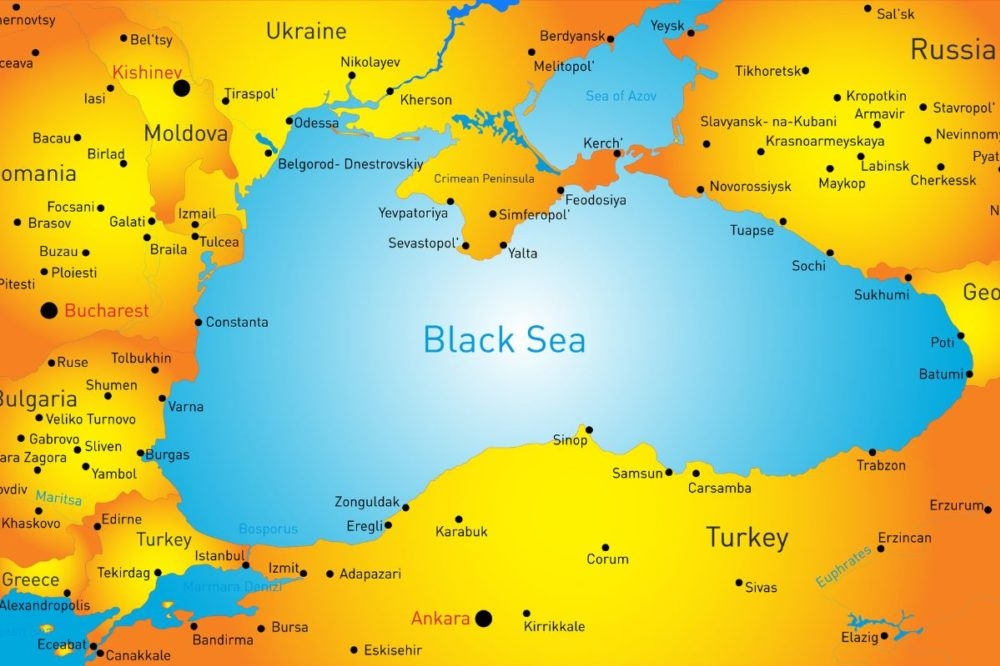Excessive rainfall in Europe and a lack of rainfall in the Black Sea regions remain the main weather factors affecting prices

Traders' main focus remains on the weather in Russia, where dry weather persists in the southwest, reducing the potential wheat yield and causing a sharp increase in prices over the past two months.
Hot and dry conditions continue to reduce the potential yields of winter wheat, corn, and sunflower in the Black Sea region, especially in the south of Russia and the southeast of Ukraine. During the week, a rain front moved from Romania to the northwestern regions of Ukraine, bringing rain and thunderstorms, but parts of central and eastern Ukraine received no rainfall.
In most winter wheat growing areas in Russia and eastern Ukraine, unfavorable hot and dry weather will remain next week. The Russian Hydrometeorological Center forecasts a lack of rainfall and drought in southern Russia in June, but in the European part, there is an improvement in soil moisture and conditions for crop development.
The weather in Western Siberia favors the sowing of spring wheat, and agrometeorological conditions are assessed as satisfactory and good for the growth and formation of crop yields. The sowing of spring crops has already been completed on 90% of the planned areas.
In the United States, favorable conditions persist, and sowing is almost complete, with crop development progressing quite well.
Every week, one or two cyclones pass through the Midwest and Plains of the United States, bringing heavy rainfall, which somewhat hinders sowing but is generally favorable for the early development of crops, especially soybeans and corn. Soil moisture remains high in most areas, and temperatures are mostly at or below normal for early growth.
The same conditions are forecast for next week with periodic rains and thunderstorms and temperatures within normal ranges.
Intensive rainfall also continues in the Canadian Prairies, which continues to hinder the sowing of spring crops, but has completely eliminated the dry conditions that had formed since early spring in some regions.
These conditions are likely to be observed in a larger number of areas.
Next week, drier conditions are forecast, but with scattered showers at the end of the week, which will help complete the sowing and develop crops in generally good conditions.
In central Brazil, dry conditions with high temperatures persist, which are unfavorable for the second corn crop (safrinha) and accelerate its harvesting, which has already been completed on 8% of the areas.
Dry conditions have also set in in Argentina, which is favorable for the harvesting of corn and soybeans, but the lack of rainfall is unfavorable for the development of winter wheat crops. Next week, small scattered showers and lower temperatures are forecast, which will slightly improve conditions for wheat.
Another cyclone will pass through Europe from west to east from northern Spain to western Ukraine over the next few days, and scattered rains will continue next week. Excessive rainfall at low temperatures in western Europe continues to slow crop development and increase disease development in crops, reducing the yield potential of spring crops.
As meteorologists predicted, the amount of rainfall in Australia is increasing, which contributes to an increase in the area of winter wheat and barley sowing and the development of canola crops. Several cyclones with rainfall are also forecast for next week in all growing regions. According to meteorologists, the transition to La Niña continues to develop, and the probability of rainfall should continue to increase over the next few months, which will be very favorable for the formation and development of agricultural crops over time.


